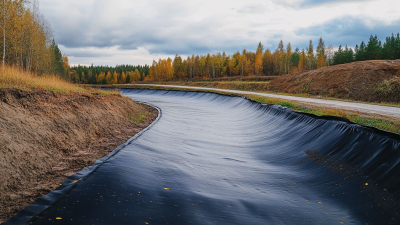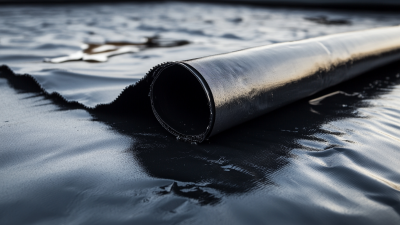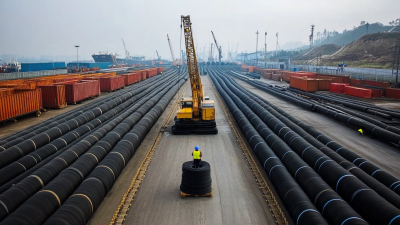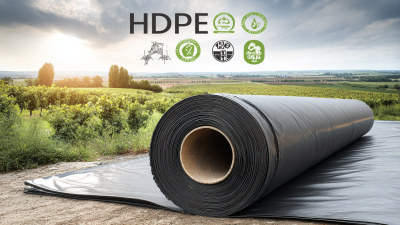Inquiry
Form loading...
- Phone
- E-mail
In the realm of sustainable waste management solutions, the use of Geomembrana in HDPE (High-Density Polyethylene) has emerged as a transformative approach to effectively address environmental challenges. This innovative material offers numerous advantages, making it a preferred choice for containment, landfill lining, and waste stabilization. By understanding the properties and benefits of Geomembrana in HDPE, stakeholders can enhance their waste management strategies while minimizing ecological footprints.

From its exceptional chemical resistance to its durability in harsh conditions, this geomembrane is engineered to provide long-term solutions that safeguard both the environment and human health. As we delve into the various facets of this technology, it becomes clear that the integration of Geomembrana in HDPE is not just a technical advancement but a crucial step toward achieving sustainable practices in waste management that can lead to a healthier planet.
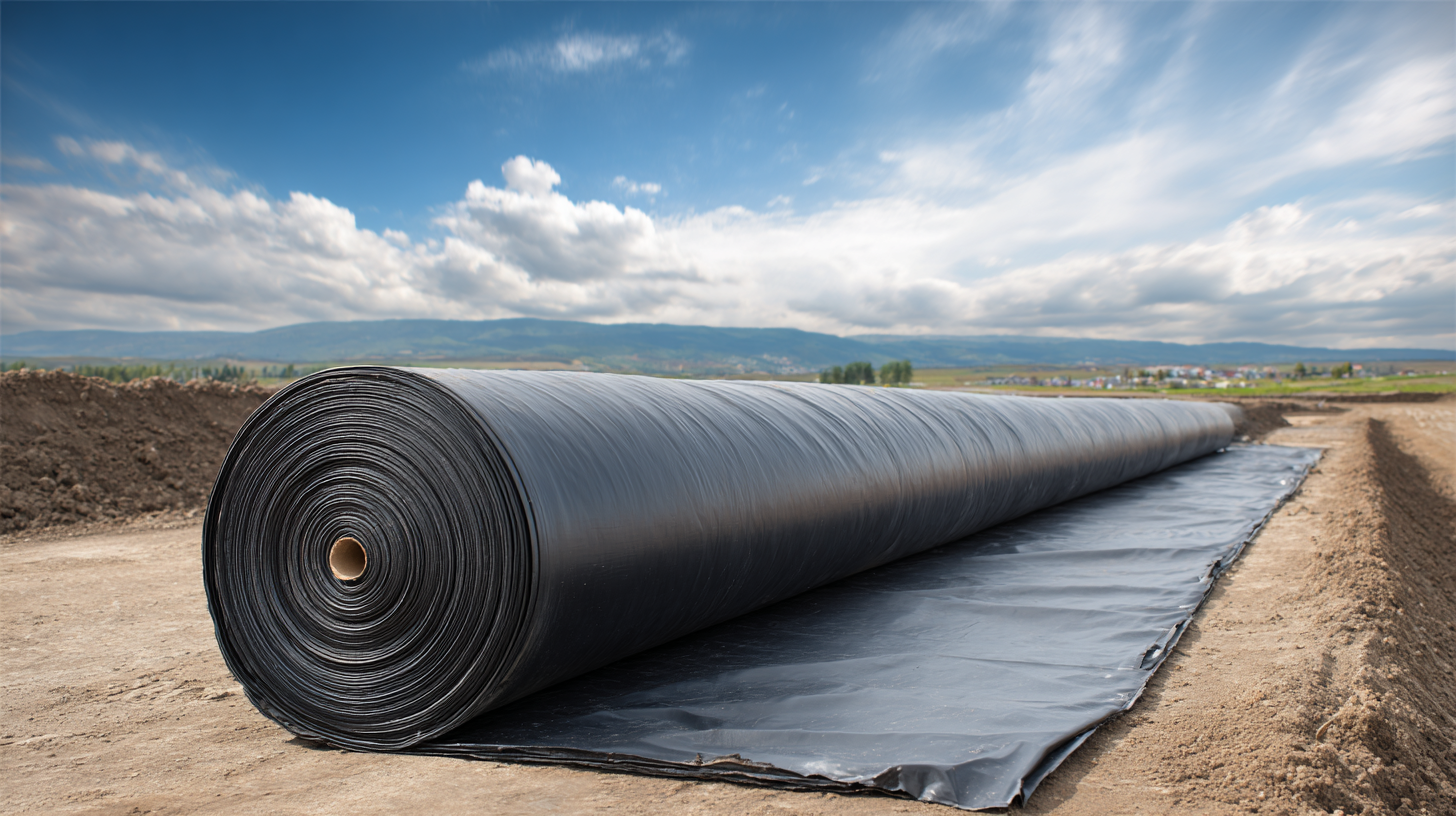 In modern waste management practices, HDPE geomembranes play a critical role in enhancing environmental protection and efficiency. These high-density polyethylene barriers are designed to provide an impermeable layer, preventing the migration of pollutants into groundwater and surrounding soil. This is particularly vital in landfills and containment facilities, where hazardous waste is stored. The durability and chemical resistance of HDPE make it an excellent choice for scenarios where strength and longevity are imperative, ensuring that waste materials are securely contained for extended periods without risk of leakage.
In modern waste management practices, HDPE geomembranes play a critical role in enhancing environmental protection and efficiency. These high-density polyethylene barriers are designed to provide an impermeable layer, preventing the migration of pollutants into groundwater and surrounding soil. This is particularly vital in landfills and containment facilities, where hazardous waste is stored. The durability and chemical resistance of HDPE make it an excellent choice for scenarios where strength and longevity are imperative, ensuring that waste materials are securely contained for extended periods without risk of leakage.
Additionally, HDPE geomembranes contribute significantly to sustainable waste management by facilitating the treatment and containment of different types of waste, including solid, liquid, and hazardous materials. Their lightweight nature and ease of installation reduce construction time and costs, making them a practical option for many waste management facilities. Moreover, the recyclability of HDPE itself supports circular economy principles, as old geomembranes can be repurposed for new applications. Thus, the integration of HDPE geomembranes in waste management not only promotes safety and compliance but also aligns with sustainable practices that aim to reduce environmental impact.
Geomembranes, particularly those made from high-density polyethylene (HDPE), play a crucial role in sustainable waste management solutions. Their primary function as liners in landfills and containment systems aids in preventing the migration of contaminants into the environment. This protective barrier is essential for safeguarding groundwater and soil, helping maintain ecological integrity. Additionally, HDPE geomembranes are resistant to a variety of chemicals, ensuring longevity and effectiveness in various waste management applications.
When considering the environmental benefits, it's important to note that the use of geomembranes can significantly reduce the risk of leachate contamination. This is particularly relevant in landfill settings where leachate management is critical. By effectively containing waste and minimizing the release of hazardous materials, geomembranes contribute to cleaner and safer local ecosystems.
Tips: When selecting geomembranes for your waste management projects, consider their compatibility with the specific contaminants present and the environmental conditions of your site. Regular inspection and maintenance can help identify defects early, preventing potential contamination issues.
The use of HDPE (High-Density Polyethylene) geomembranes in waste management has gained significant attention, especially when compared to traditional waste liners. HDPE geomembranes are known for their superior durability and chemical resistance, making them an ideal choice for landfills and waste containment systems. Unlike traditional liners, which may degrade over time due to exposure to harsh environmental conditions, HDPE offers a longer lifespan and greater reliability in preventing leachate contamination. This stability not only protects the surrounding environment but also supports sustainable waste management practices.
Furthermore, HDPE geomembranes exhibit excellent flexibility and ease of installation, allowing for more efficient coverage of waste sites. They can conform to various shapes and surfaces, reducing the chances of gaps or leaks that can occur with traditional liners. In terms of cost-effectiveness, while the initial investment for HDPE geomembranes might be higher, their longevity and reduced maintenance needs yield significant savings over time. This comparative advantage positions HDPE as a viable solution for modern waste management, ensuring that environmental standards are met while promoting sustainability.
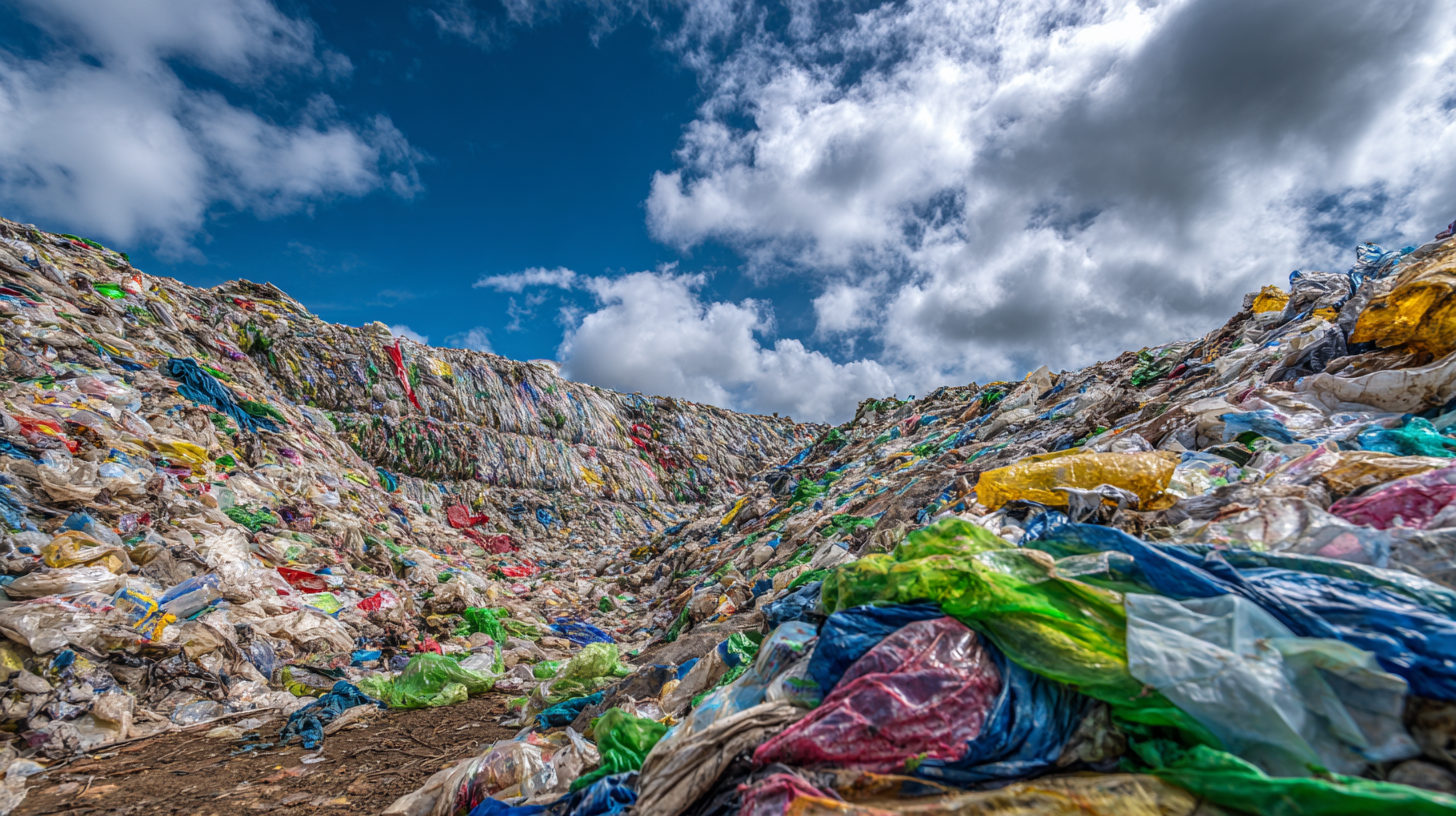 High-density polyethylene (HDPE) geomembranes are pivotal in enhancing sustainable waste management solutions largely due to their impressive durability and impermeability. According to a report by the Environmental Protection Agency, the use of HDPE geomembranes can reduce leachate production in landfills by up to 90%, thereby significantly minimizing the potential for soil and groundwater contamination. These geomembranes play an essential role in resource recovery, enabling effective containment and management of hazardous waste materials, which ultimately leads to a decrease in the overall environmental footprint.
High-density polyethylene (HDPE) geomembranes are pivotal in enhancing sustainable waste management solutions largely due to their impressive durability and impermeability. According to a report by the Environmental Protection Agency, the use of HDPE geomembranes can reduce leachate production in landfills by up to 90%, thereby significantly minimizing the potential for soil and groundwater contamination. These geomembranes play an essential role in resource recovery, enabling effective containment and management of hazardous waste materials, which ultimately leads to a decrease in the overall environmental footprint.
Furthermore, HDPE geomembranes are recyclable, contributing to a circular economy model in waste management. A study by the American Geophysical Union indicates that recycling HDPE materials improves resource recovery rates by up to 67%, facilitating the reuse of valuable materials in new applications. This feature not only conserves natural resources but also reduces greenhouse gas emissions associated with the production of new materials.
Tip: When incorporating HDPE geomembranes in waste management systems, ensure the installation follows best practices to maximize their effectiveness and longevity. Proper site selection and installation can enhance the sustainability outcomes significantly, making these materials an ideal choice for environmentally-conscious waste management strategies.
Geomembranes, particularly those made from HDPE (High-Density Polyethylene), are gaining traction as innovative solutions for waste management. Their robust characteristics, including chemical resistance and impermeability, make them ideal for lining landfills, preventing leachate contamination, and aiding in effective waste segregation. This capability is crucial as cities like Shenzhen push towards comprehensive waste classification and recycling programs, transforming municipal waste into valuable resources.
Furthermore, the integration of automated technologies, such as robotic sorting systems, alongside geomembrane applications, exemplifies the future of sustainable waste management. With a market projected to grow substantially over the next decade, the fusion of geomembranes with smart waste management practices enhances operational efficiency and promotes environmental stewardship. By leveraging advanced materials and automation, waste management systems can become more effective, minimizing land impact and maximizing resource recovery while addressing the urgent need for sustainable urban development.
| Application | Material Type | Thickness (mm) | Environmental Impact | Advantages |
|---|---|---|---|---|
| Landfill Liners | HDPE | 1.5 | Reduced leachate contamination | Durability and resistance to chemicals |
| Capping Systems | HDPE | 2.0 | Prevents gas emissions | Cost-effective and long-lasting |
| Stormwater Management | HDPE | 1.0 | Improves water quality | Flexible and adaptable to site conditions |
| Containment Barriers | HDPE | 1.2 | Reduces soil and groundwater pollution | High tensile strength and engineered for stability |
| Recycling Facilities | HDPE | 1.0 | Encourages material recovery | Lightweight and easy to install |
